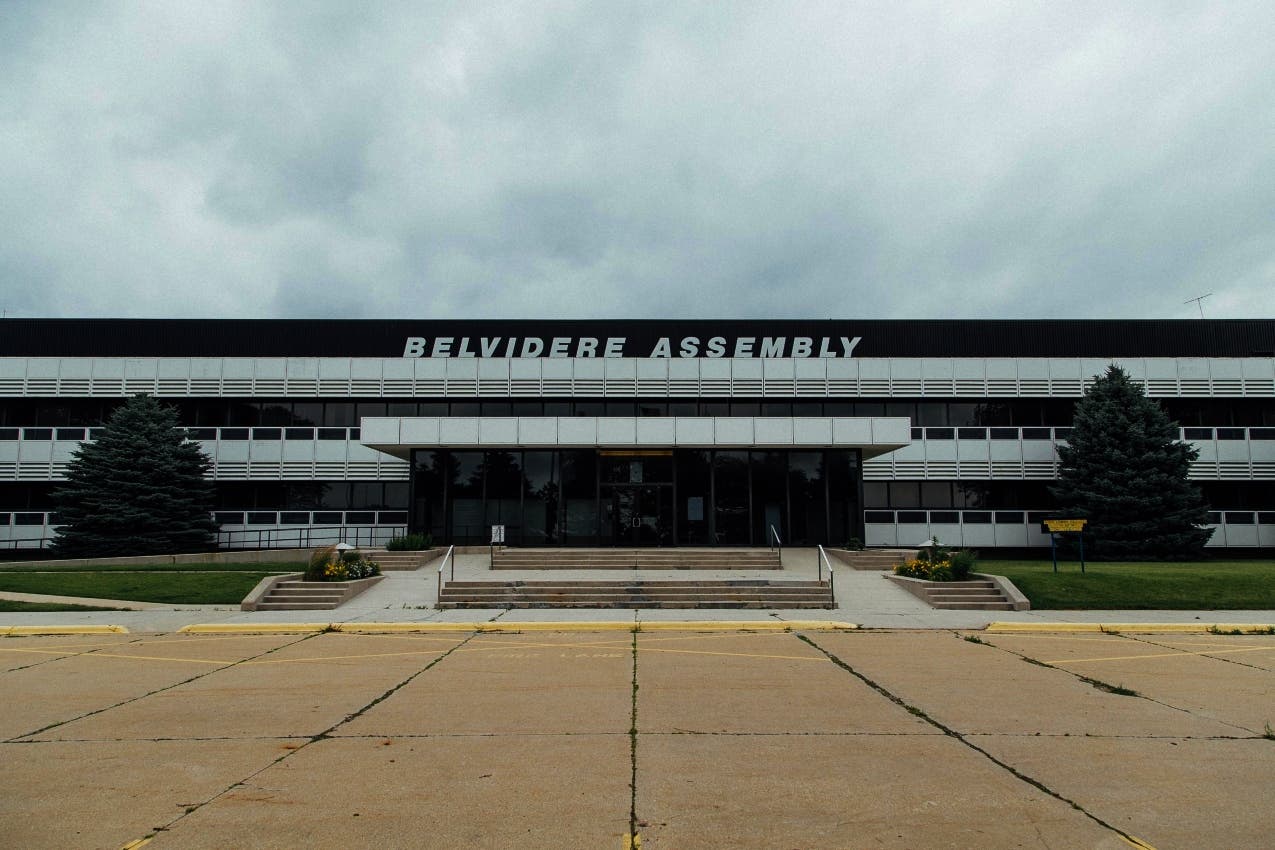Jeep wants to find its “old golden goose” in the United States, and Stellantis is betting everything right there to build its future. The transfer of Jeep Compass production from Brampton (Ontario, Canada) to Belvidere (Illinois) is the symbol of this turnaround: a return to origins to strengthen the group’s American presence and support a Europe grappling with Green Deal uncertainties and the electric slowdown.
Stellantis relocates Compass production to U.S., creating 3,300 jobs in Illinois plant

The decision is part of the $13 billion mega investment plan announced by CEO Antonio Filosa, which aims to increase production capacity in the United States by 50% and revive the highest-margin models, SUVs and pickups, in a market once again favorable to combustion engines. Washington policies are in fact changing course: while the Trump administration prepares to scale back the electric constraints imposed by Biden, Stellantis seizes the opportunity to reposition itself in a more favorable regulatory context.
“Success in America strengthens Stellantis worldwide,” Filosa stated, summarizing a strategy that aims to maximize the potential of the U.S. market. The industrial plan includes five new models and updates to 19 existing vehicles, in addition to creating 5,000 jobs between Illinois, Michigan, Ohio and Indiana. The Belvidere site, closed in 2023, will be fully reactivated with an investment of over $600 million to produce from 2027 the new Compass and future Cherokee, destined for the American market. Here alone, 3,300 new hires are estimated.

The choice also responds to economic and geopolitical motivations: tariffs introduced by the United States on imports from Canada have made it increasingly less convenient to produce vehicles for export. Moving production locally allows circumventing tariff barriers and benefiting from incentives provided by the ‘Buy American’ program, which favors companies that produce on national territory. A strategy similar to that adopted by BYD in Europe, which by building in Hungary manages to avoid EU duties on Chinese electric vehicles.
The transfer, however, has provoked strong reactions in Canada, where the government threatens legal action accusing Stellantis of not respecting industrial commitments made with Ottawa. But Filosa seems determined to pursue his vision: transforming the United States into the group’s new production pivot, exploiting a more stable economic environment and more pragmatic industrial policies. A return to origins that, at least for Jeep, smells of rebirth and dollars: a way to rebalance global accounts and restore to the American brand that centrality that in recent years seemed lost.

